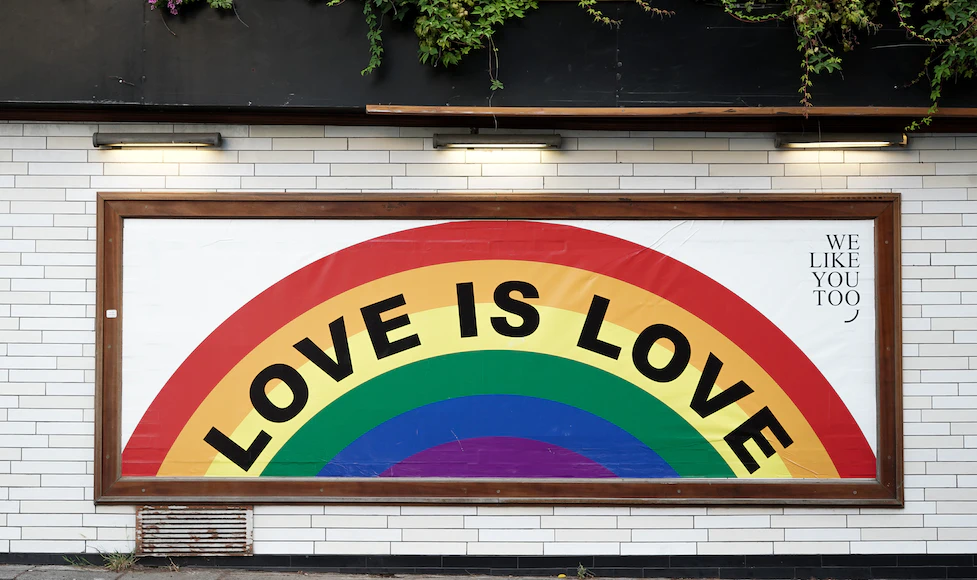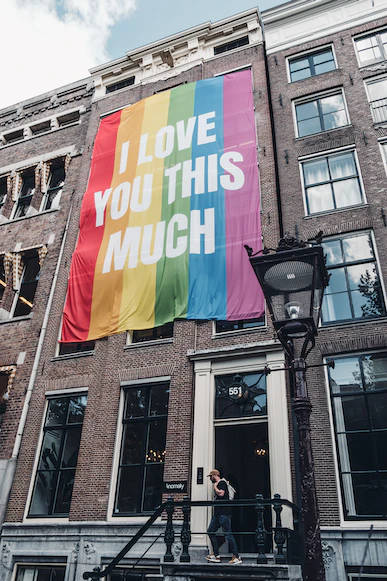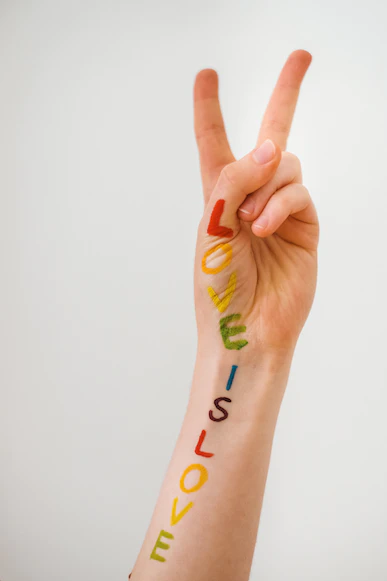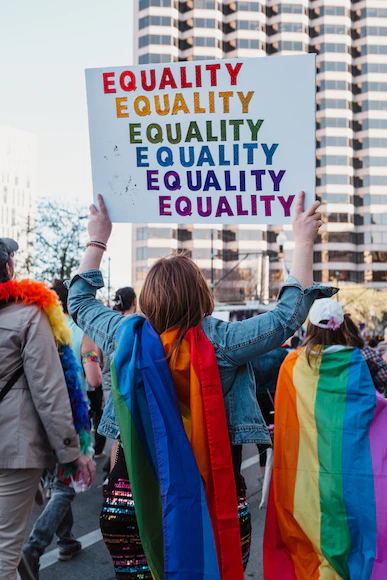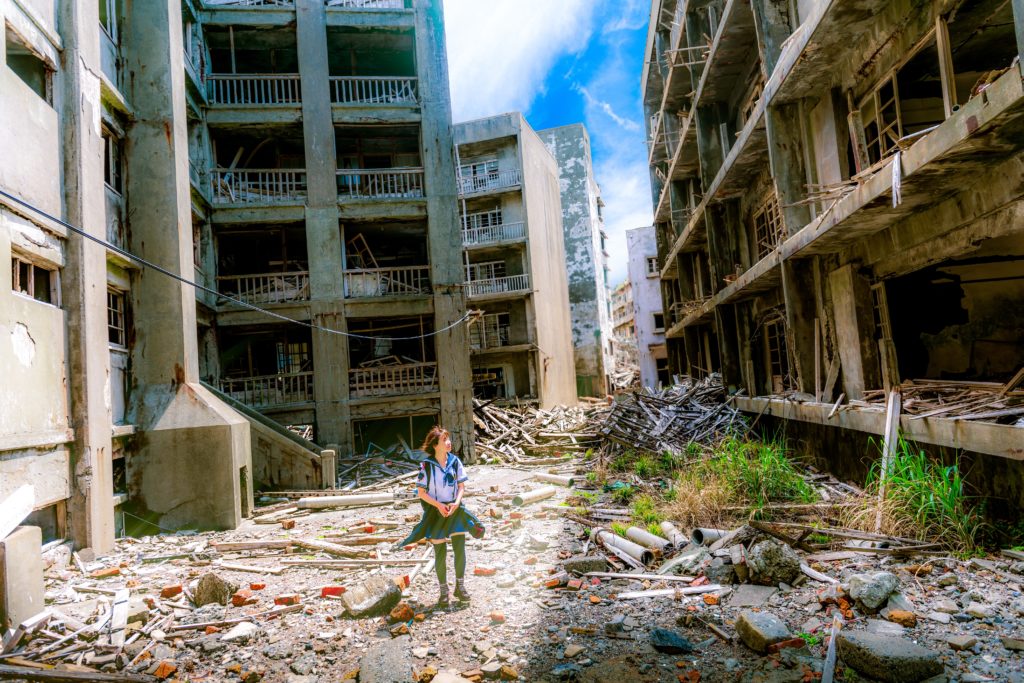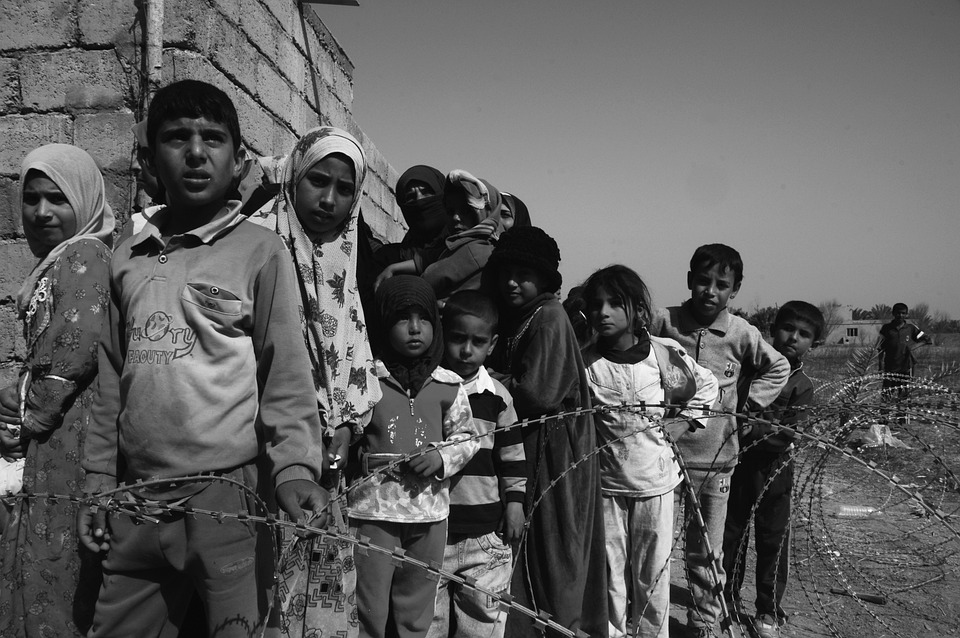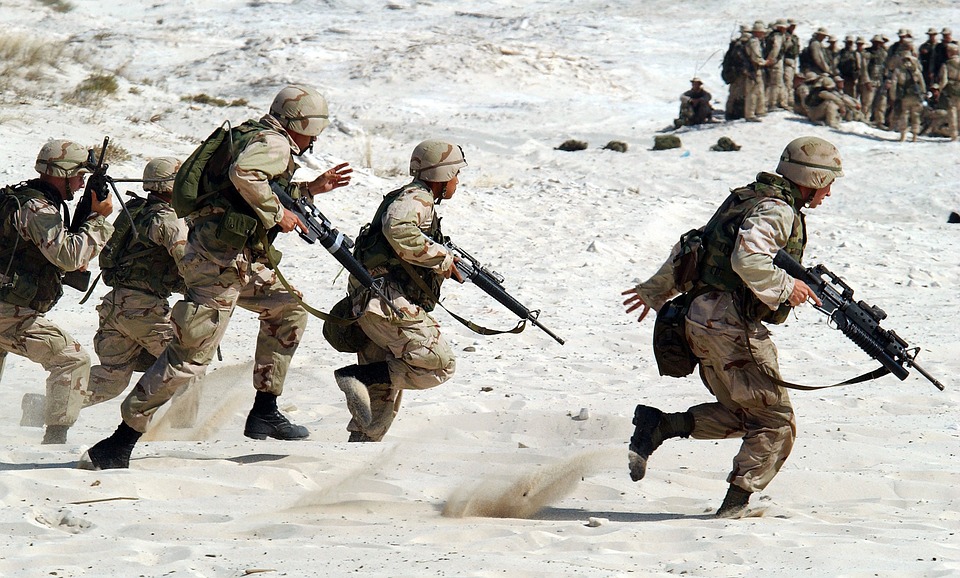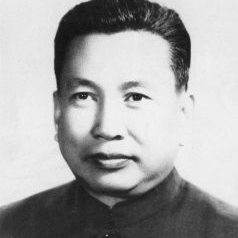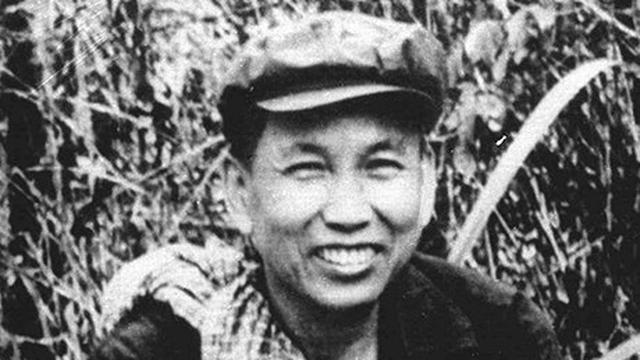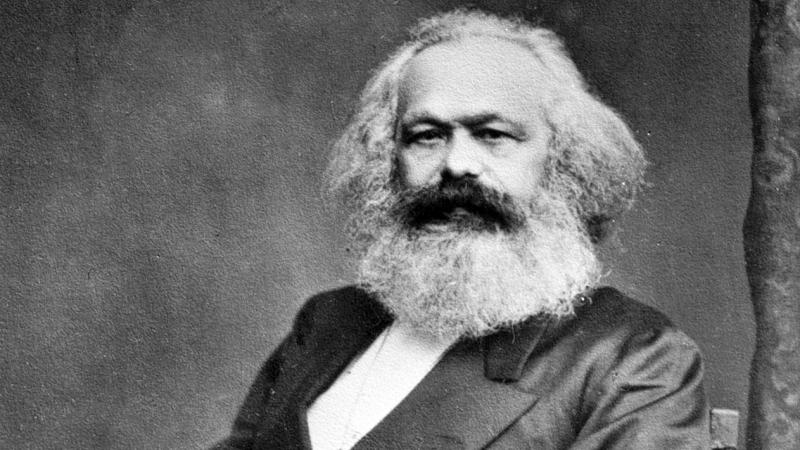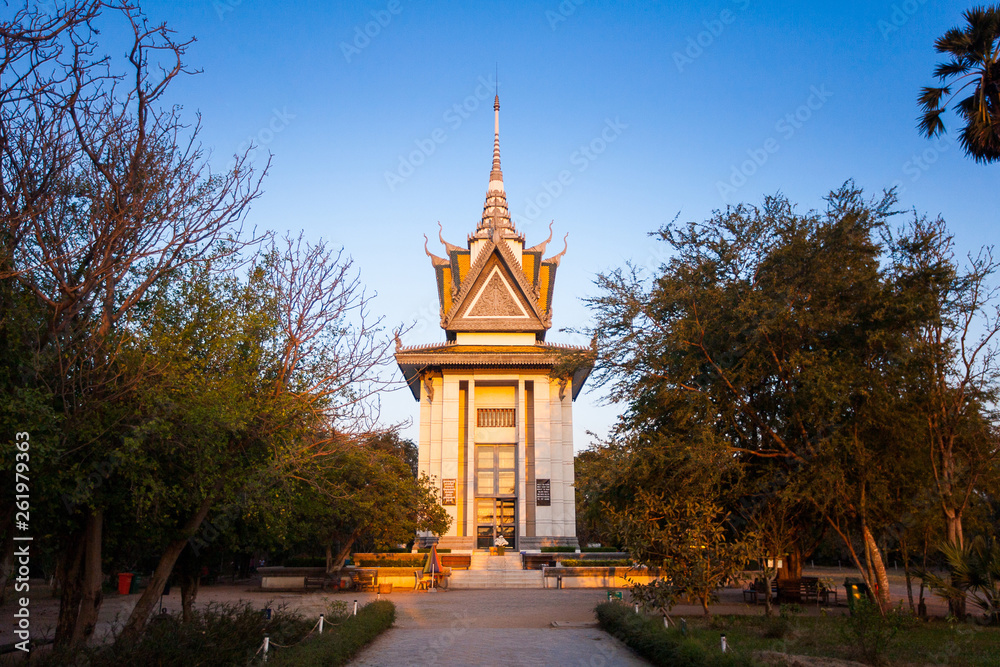"The mission behind Black Lives Matter is straightforward: To abolish discrimination, oppression and systemic racism."
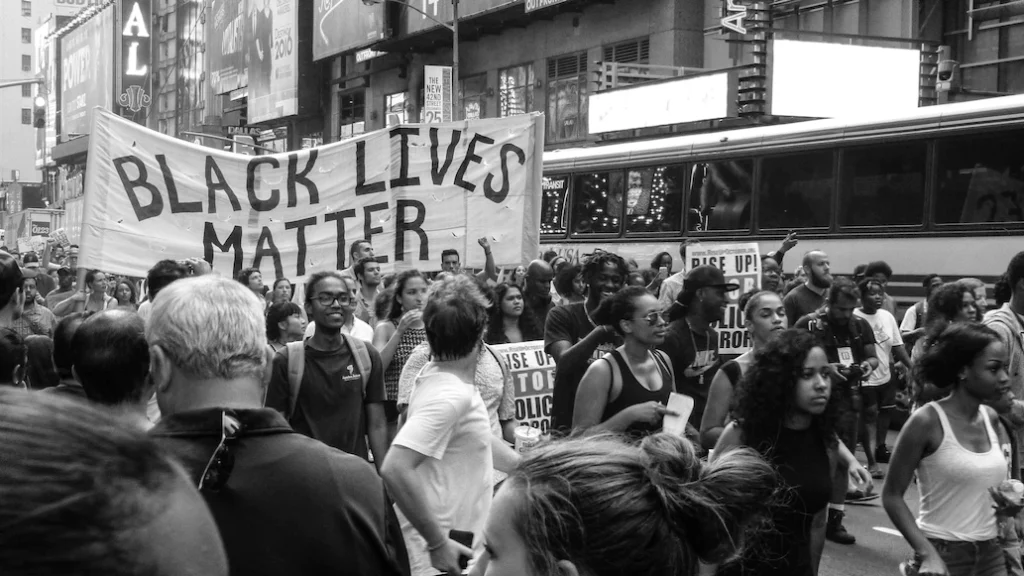
#BlackLivesMatter saw its first tweet in 2013. The beginning of the movement has been credited to three Black American women, Alicia Garza, Opal Tometi and Patrisse Cullors, who started the movement after the death of Trayvon Martin, a Black teenager who was shot while walking to his friend’s house and the acquittal of the man who shot him. Since then, millions of people all over the world have contributed to the cause in a myriad of ways, from signing petitions to hashtags of #BlackLivesMatter on social media to protesting on the streets, all for equality and justice for Black people.
The mission behind Black Lives Matter is straightforward: To abolish discrimination, oppression and systemic racism. The path to getting these is less so. The protests held in the U.S. last year after the murder of George Floyd by a police officer spread to 60 countries across all 7 continents. It has been the largest Black-led protest since the 1960s.
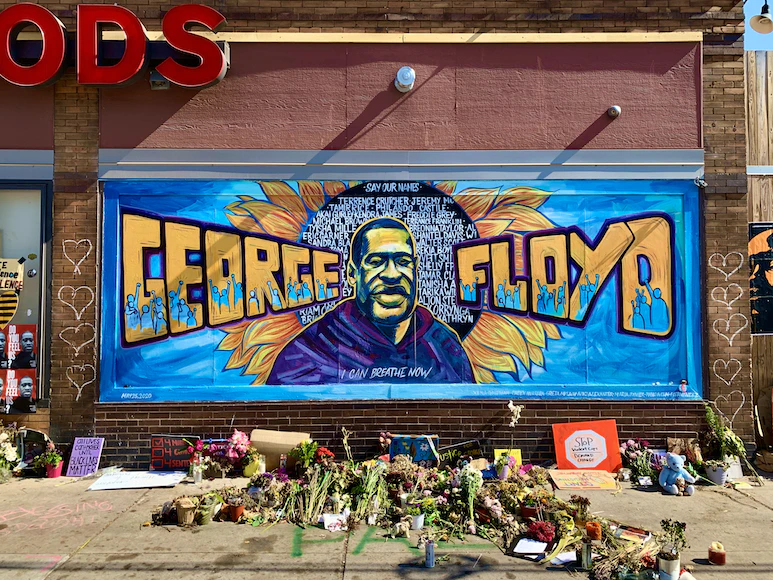
What can movements like #blm do to increase equality for Black people? It creates space for Black empowerment, affirms Black humanity and builds social, economic and political power for all Black people. It is an acknowledgement that Black people are disproportionately affected by systems of inequality and oppression. It works towards building impartial and unbiased systems in society.
Some specific aims of Black Lives Matter are:
- Fighting state-sanctioned discrimination against Black communities
- Organizing local efforts that contribute to Black empowerment
- Changing discriminatory systems in criminal justice systems
- Abolishing police violence and brutality
Black Lives Matter is a significant movement in the world today. It was one of the first movements to utilize social media to mobilize people all over the world. The hashtag #BlackLivesMatter became both platform and organization tool to contribute to all the action that took place offline. Since it began, the movement has influenced legislation, toppled corrupt politicians, improved housing, healthcare and education, and demanded justice for victims of police violence and discriminatory legal systems.
People all over the world and in Singapore have become a lot more sensitive to and aware of racial issues and systemic discrimination that seep into the most egalitarian societies. We all look forward to a world where racism no longer exists and men and women can live in true harmony with one another.


